Views: 1 Author: PEAK Publish Time: 2022-12-22 Origin: Nongjitong
In the period of rapid development of the industry, there is no need to tell fortune for enterprises, because every enterprise is destined to be rich and powerful. The answer of entrepreneurs to their own destiny may be "my destiny depends on me". When fortune telling is really needed for enterprises, it must be that the industry has entered a period of integration. There has been differentiation between enterprises, many enterprises have problems in their operation, and some enterprises have begun to rise rapidly.
Since 2015, tractor, combine harvester, rice transplanter and other major agricultural machinery sub industries have entered a downward period. Since 2020, the domestic agricultural machinery industry has entered a period of integration, which is specifically marked by the rapid growth of market share of large enterprises and groups such as Weichai Lovol, YTO, Ward Farming, Kubotian, and Kesnew Netherlands. Many small and medium-sized enterprises are getting worse, which indicates the era of leading large enterprises and brands, That is to say, the industry has entered the integration period.
In the process of industry integration, enterprises will have four fates. If enterprises match their current situation with the four fates, they may be in a cold sweat.
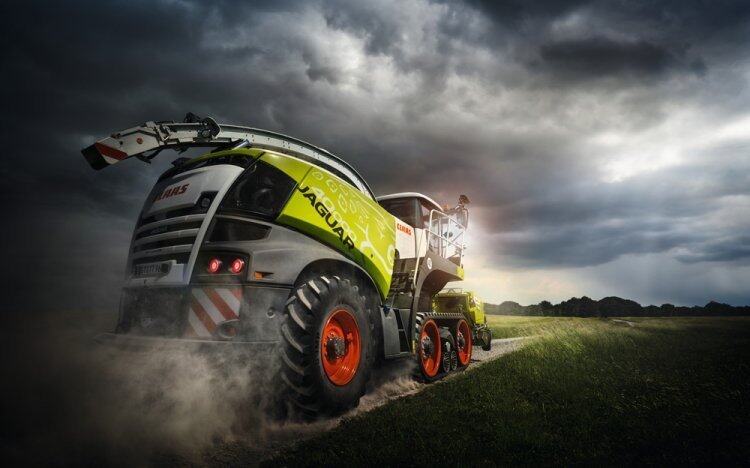
The fate of an enterprise depends on its position in the industry. The initial position of the industry depends on the market, and the ultimate position of the industry depends on the integration of competitors. Therefore, in the period of rapid development of the industry, the enterprise strives for marketing ability. The so-called 4P, in the later stage of the industry, the enterprise strives for capital.
The first fate: the primary industry cycle occupies a seat and obtains the initiative of integration
In the initial pattern of an industry, tens of thousands of enterprises may participate in market competition. In the final pattern of an industry, there may be only a few. In a fully competitive market, only one enterprise in a country may survive, or even none. So, where are the enterprises that have experienced rapid development, glorious years and dazzling moments? In fact, the process of industry maturity is a process of constantly eliminating enterprises, which is called the jungle rule. Some died when they were small, some died in the process of expansion, and some were merged by other enterprises. Only a few enterprises survived, thus changing their destiny.
In the process of industry elimination, the death rate of enterprises may be as high as 90% - 99%, which is confirmed by both foreign and domestic data, as well as agricultural machinery industry.
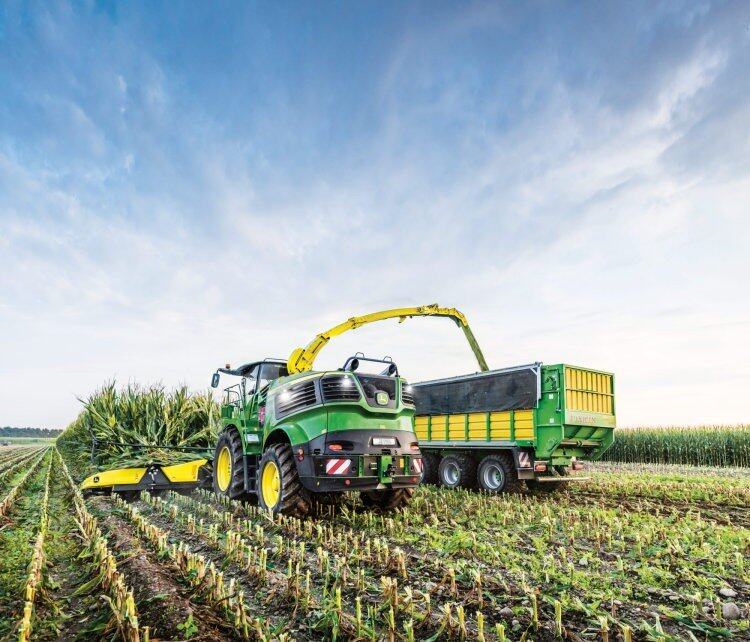
For example, in the European and American markets, if the Americas and Europe are regarded as a unified big market, it can be seen that there are only less than 15 enterprises producing tractors and combine harvesters, such as John Deere, Kesnew Holland, AGCO, CLAAS, Deutzfarr, Rostov, Minsk, and these large enterprises and groups survived the overwhelming upheaval and reshuffle in the 1980s, Before that, there were hundreds of tractor and combine harvester enterprises in North America and Europe.
At present, the domestic agricultural machinery industry is still at the end of the primary industry cycle, and the industry integration trend has come out, but there are a large number of enterprises in each subdivided field. For example, in 2021, 212 enterprises in the tractor industry have enjoyed the national agricultural machinery purchase subsidy policy, 40 of which were newly added in that year, and 50 of which were sold last year but not this year. These enterprises are likely to make a comeback or revive, So there are at least 250 tractor enterprises in China, and the situation in the harvester industry is similar. In 2021, there will be more than 100 corn machine enterprises, more than 60 rice machine enterprises, and even 30 wheat machine manufacturers that have completed two rounds of integration.
Drawing on the development history of domestic construction machinery industry, automobile industry, agricultural machinery industry in Europe, America, Japan and South Korea, it can be predicted that the domestic agricultural machinery industry has entered the integration period of the first industry cycle. After the completion of the integration period, the remaining may be about 15 large enterprises and groups in Europe and the United States, as well as a small number of small leaders in subdivided industries, and 90% - 99% of small and medium-sized enterprises will be eliminated, This is the inevitable result of industrial development, and no enterprise can change or resist.
If the enterprise does not want to be eliminated, the only way is to develop beyond the normal level. If it is the average development of the industry, or the normal growth, it can only continue the process of death, but it cannot change the fate of the final elimination.
Therefore, enterprises can only rely on unconventional development, that is, the so-called "10 times faster" speed, to occupy a place in the final pattern of this round of industry cycle, so as to obtain the "entry certificate" to enter the next round of industry cycle. If the "entry certificate" is not obtained, although the enterprise may also have a certain scale and strength, the result is just a little slower and more solemn and stirring.
So what is the "entry certificate" for the next round of industrial cycle? It is the size of the last surviving enterprise.
For example, it is predicted that 10 enterprises will eventually remain after this round of tractor market integration, and the size of the last enterprise ranked is 2 billion yuan. Enterprises will have to quickly achieve the size of 2 billion yuan. If it is lower than this size, it will not achieve scale effect, and will be eliminated.
Only when the first industry cycle occupies a seat and obtains the "entry certificate" for entering the next industry cycle can an enterprise obtain the right to life. Only after the right to life, can it obtain the initiative of other enterprises to integrate, rather than be integrated.
Of course, it is not a final goal to occupy a place in the primary industry cycle. Enterprises should enter the secondary industry cycle as soon as possible. Enterprises entering the primary industry cycle are relatively safe. Although they may go bankrupt, they are difficult to disappear, because they can be the target of integration by larger enterprises. At present, most domestic agricultural machinery enterprises are in the primary industry cycle, and some enterprises have obtained "entry certificates" to enter the secondary industry cycle, However, John Deere, Kubota, AGCO and other European and Asian international enterprises have already entered the tertiary industry cycle, so they are playing the role of high dimension and low dimension in the competition.
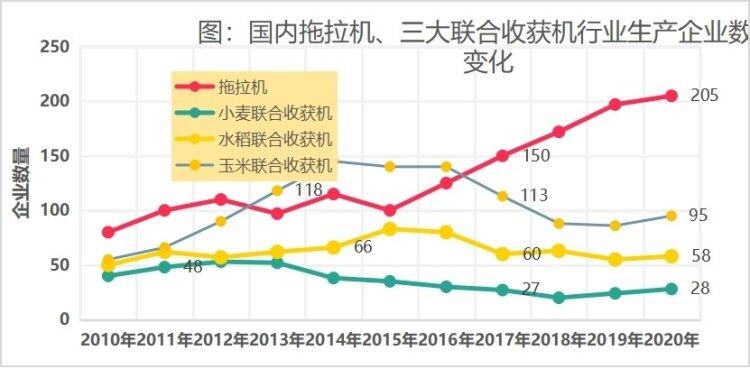
The second fate: regular development, becoming the object of integration
The enterprise has the hope of survival only when it is still growing. However, the development of the enterprise is not to compete with itself, but to compete with competitors for speed.
Remember a famous fable: two travelers met a grizzly bear in the forest, and they ran hard. Seeing the distance between them getting closer and closer, one of them said don't be busy. We can't run the bear. The other said, "No, I can't run the bear, but I just want to run past you.".
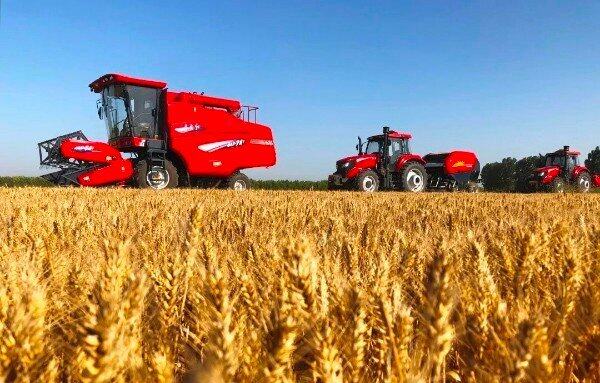
Therefore, in the process of enterprise development, the growth rate is not the key. The key is where the competitors are and the growth rate of the competitors. If the competitors are faster than you, the chances of changing their destiny will be smaller. Therefore, to obtain the "entry certificate" of the secondary industry cycle, on the one hand, it is your own efforts, and on the other hand, it is a fair competition to compete with the competitors who works harder, Speed and efficiency are competition items, and the prize is to survive.
At present, the growth rate of sales volume and turnover of many domestic enterprises is between 10% and 25%, which is a conventional rate. For enterprises that have not yet achieved industrial status, even at this rate, it is still terrible, because such a rate may not have the opportunity to change their position in the industry, because Yituo Dongfang Hong, Weichai Lovol, Casenew Netherlands, AGCO The growth rate of leading enterprises such as Dajiang in the domestic market is generally more than 30%, and some even more than 40%. For these leading enterprises that have achieved industry status, it is terrible to achieve this growth rate, which undoubtedly has sounded the death knell for many small enterprises.
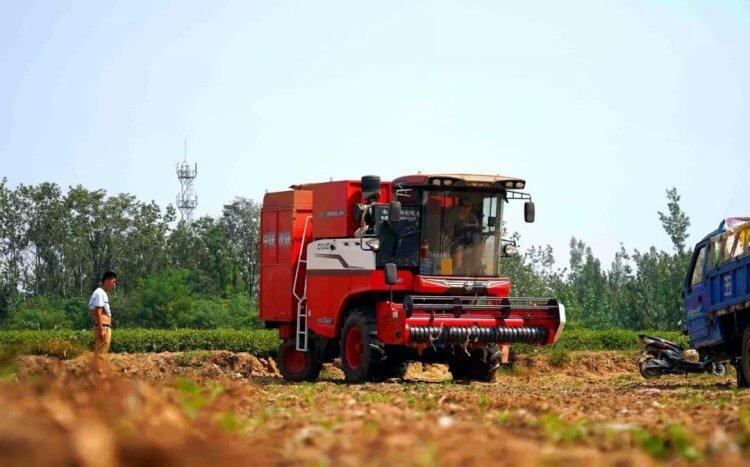
The growth rate of 10% - 25% is easy to produce the effect of "boiling frog in warm water", because such growth rate makes enterprises feel comfortable. During the growth period of the industry, a large number of opportunities exist, and enterprises compete for new market opportunities. In fact, there is no real competition between enterprises. But when the industry enters the mature period, the increase of the industry decreases, the opportunities disappear, and enterprises enter the "stock" competition, The enterprise will suddenly find that the "warm water" is beginning to freeze, and the enterprise has lost the chance of survival unconsciously.
Many enterprises die in the process of rapid development. Of course, such rapid development is only the goal set by the enterprise itself, not the survival rate. Therefore, if you want to enter the secondary industry cycle, rapid growth is not reliable. The growth rate higher than the industry average and the growth rate of major competitors is the real life insurance.
The third fate: becoming a panda like enterprise
Do pandas have vitality? Aren't pandas an endangered animal? This situation is the result of human intervention, because people have eroded the living space of wild giant pandas. In the process of human industrialization, let alone pandas, such as lions, tigers, elephants and other animals at the top of the food chain, their survival is also in danger. In the wild world, pandas are animals of the same age as dinosaurs, and animals of the same age on the earth are basically extinct, Only a few animals such as pandas can survive, which shows that pandas have extremely strong viability.
How can pandas survive for hundreds of millions of years? The reason is that pandas have made a change that other animals do not want to make, that is, to improve the food structure. Pandas originally eat meat, but the carnivores are the top of the food chain, belonging to the real competition of the strong. In order to fight for a piece of meat and hunt wild animals that run, they need to pay physical strength, endurance, intelligence, and even team efforts, so it is very difficult to obtain food, The panda turns itself from a carnivore to a vegetarian, and eats bamboo that few animals want to eat. There is not much nutrition in bamboo, which requires pandas to spend a lot of time eating every day. But because no other animals want to eat, there is no competitor, so the panda survives. As long as the bamboo on the earth does not disappear, the panda will have food to eat, and will not die.
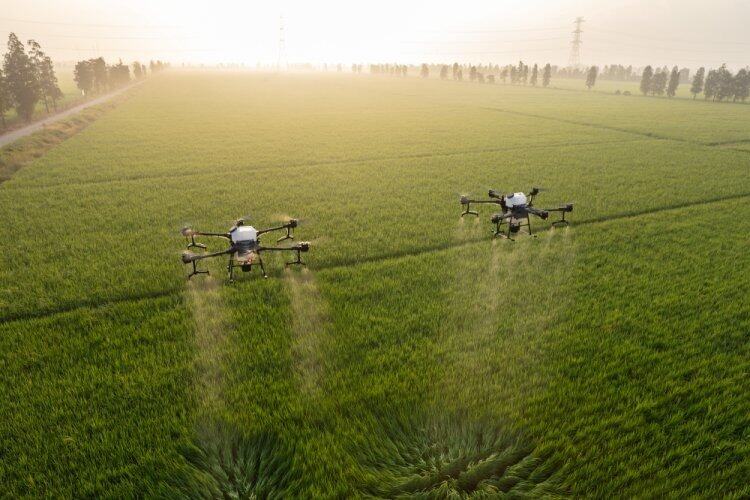
Some experts call this way of life characterized survival. This way is that you are different from others, and others are difficult to learn.
Panda like survival, in formal economics, is called differentiated competition or entering into market segments and niche markets.
Segmented markets and niche markets are tasteless for large enterprises. It is a pity to abandon them. However, large enterprises generally do not come in, or they cannot do well when they come in. For small enterprises, although they may be a drop of water, they are a sea of small enterprises.
In industries suitable for small enterprises, small enterprises can grow freely and survive as long as pandas.
Specifically, the niche industries of agricultural machinery industry include orchards, vegetables, hilly and mountainous areas, facility agriculture, new energy agricultural machinery and other sub industries or agricultural machinery with special use scenarios. These industries are small in scale and profitable, but the demand for products is small, which can not form the scale effect of mass production, and are suitable for customized and personalized needs.
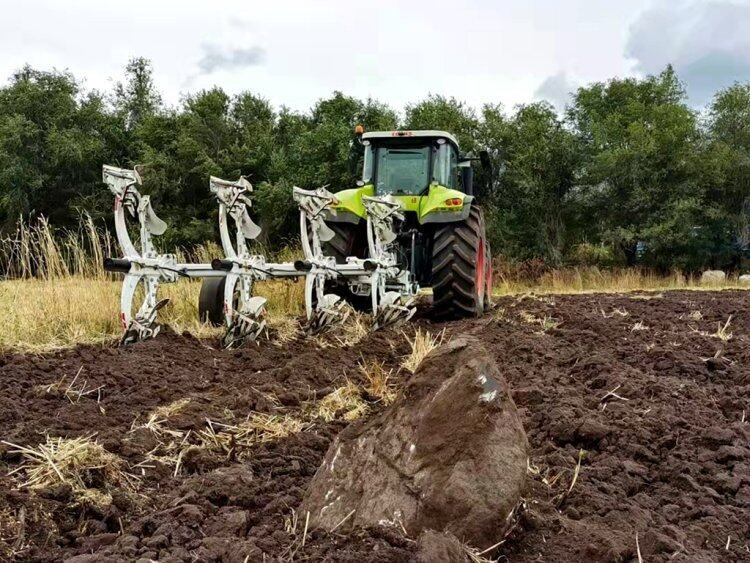
This is the characteristic of the domestic market. However, if you look at a segment industry globally, you need to achieve a certain scale effect. If Park Tractors have well-known brands such as Saint Peters and Deutz in the global market, if they have influence in the global market, they also need to achieve a certain scale and volume. In addition, in the global market, a segment industry is very likely to become a huge industry, So as to attract large enterprises to enter, the living space for large enterprises to enter small enterprises will become smaller.
The fourth fate: chronic death or death
If the scale of the enterprise has not been expanded in the process of rapid development of the industry and lost the opportunity of scale, it will not be included in the list of large enterprise acquisitions. The enterprise does not even have the qualification to "sell". In addition, it does not deeply cultivate a subdivided field. The enterprise does not have unique survival skills, and even has no place in the subdivided market. Then there is only a way to be eliminated finally.
Of course, it does not mean that small enterprises will die, and domestic agricultural machinery subsidy policies will change dynamically and repeatedly. It looks like an industry entering a recession. With the support of policies, it may continue the cycle of industry integration or change the direction of industry development. Perhaps small enterprises are more competitive than large enterprises.
Conclusion: According to the normal law of industrial development, in the process of industrial integration, agricultural machinery enterprises will have the above four fates. Although these four fates may be transformed, it is unlikely that they will. Therefore, enterprises need to do unconventional development, at least faster than the average speed of the industry. Only in this way can they master the initiative to survive, obtain the "entry certificate" of the second cycle, and be able to integrate competitors, Instead of becoming someone else's dish.